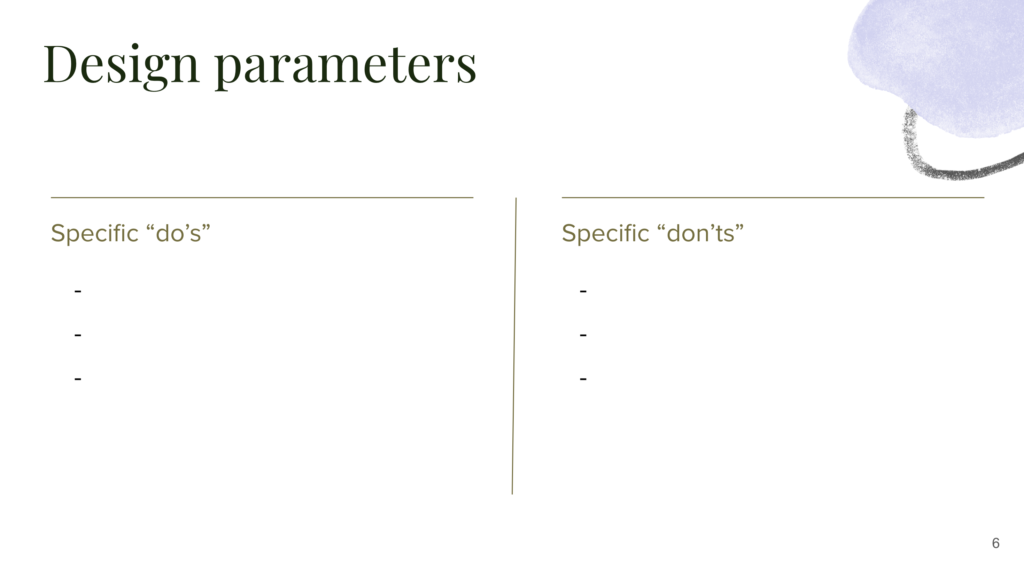Here at Franklin Street, we believe that whenever we set out to create a learning experience for kids or adults, we need to know who our learners are and what they need (and don’t need!) to have an inspiring experience. The truth is that more often than not, people design learning experiences (think: classes in school or professional learning workshops in the office) with no particular audience in mind, focused only on the “learning objective” and not at all on the people who are learning. The risk to doing that is that you create generic experiences that work fine for everyone, but don’t work well for anyone.
There’s a simple antidote to that problem: start designing with real learners in mind and make your design choices explicit from the jump. At Franklin Street, we use a design brief at the launch of every project to name explicit aims, design principles, and parameters that help guide our design process. We imagine what our real learners are hoping for and craft a design brief that reflects their needs and desires. We reference our design briefs frequently throughout our design process to ensure that we’re creating learning experiences that are well aligned with our intended aims. Creating a design brief alongside clients and partners is a fun way to be intentional about what you’re designing together. Check out our tips below for how to use a design brief, and download our template to kickstart your next project!

Getting Started
- Interview 3-5 learners who will engage in the experience you’re designing. Ask them to describe a really impactful learning experience they’ve had. What made it sticky and meaningful? If this learning experience were wildly successful, what would be true at the end?
- Build a design brief to reflect what learners shared. Do this collaboratively with partners your’e working with, so that everyone begins the learning journey on the same page.
Tips for Using your Design Brief
- Make sure it’s authentically useful to you and your team! There’s no point in writing a bunch of rules that no one intends to follow; create a brief that reflects reality and is a genuinely useful tool for you.
- Revisit your brief periodically to assess how things are going and notice if you're veering away from your design commitments.
- Iterate, iterate, iterate! As your project evolves, reflect important shifts in your thinking in your design brief. The brief is not meant to be static.
